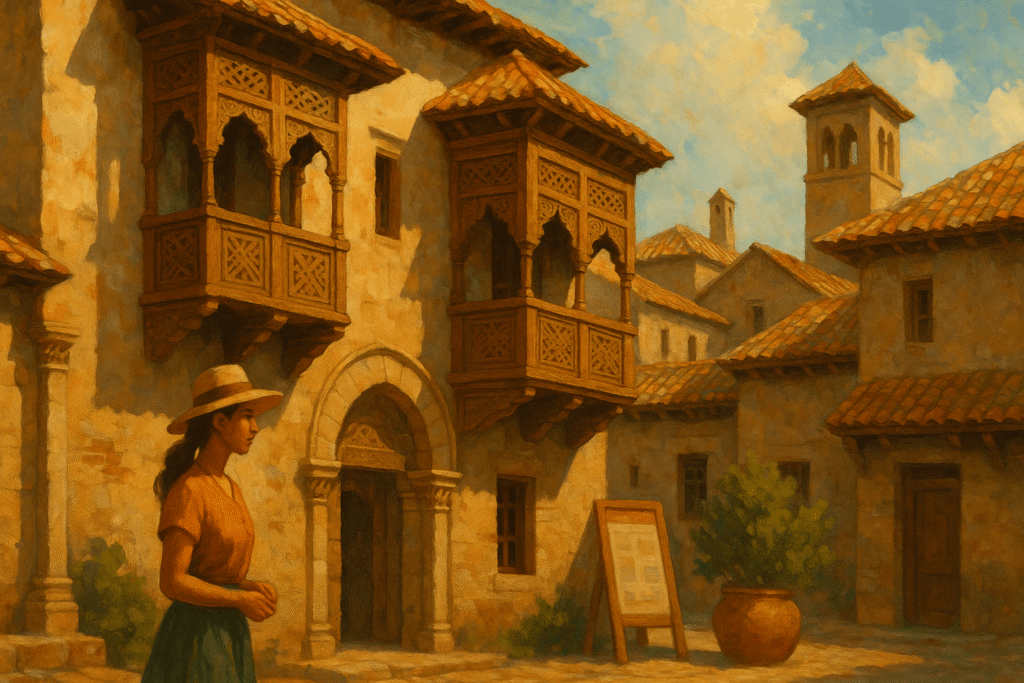How Slow Travel Helps Preserve Cultural Heritage
Travel can shape the future of the places we visit. When done thoughtfully, it can protect traditions, strengthen communities, and keep cultural heritage alive. Slow travel encourages this by replacing speed and consumption with awareness and respect.
Supporting Local Traditions
Slow travelers often stay longer and spend more time within communities. This approach allows them to learn directly from locals through cooking classes, craft workshops, or guided walks. Their spending supports artisans, farmers, and small businesses that rely on traditional skills. By choosing these experiences over mass tourism, travelers help ensure those practices continue for future generations.
Reducing Pressure on Popular Sites
Crowded landmarks can suffer from overuse and environmental strain. Slow travel spreads visitors more evenly, encouraging exploration beyond the busiest areas. Staying in smaller towns or visiting during off-peak seasons helps protect fragile cultural sites while sharing tourism benefits more fairly across regions.
Encouraging Genuine Connection
When you take time to listen, learn, and engage, travel becomes a form of cultural exchange rather than simple observation. Slow travelers often build friendships and understanding that go beyond language or background. This respectful connection honors both host and visitor, strengthening cultural appreciation instead of turning it into performance.
Promoting Sustainable Growth
Communities that attract mindful travelers are more likely to invest in preservation rather than quick commercial development. Supporting local food, architecture, and craft industries encourages cultural pride and sustainable income without erasing identity.
Final Thoughts
Slow travel is more than a way to see the world. It is a way to protect it. By valuing time, connection, and authenticity, travelers help cultures remain strong and vibrant. Each mindful choice contributes to keeping the world’s heritage alive for those who come next.

